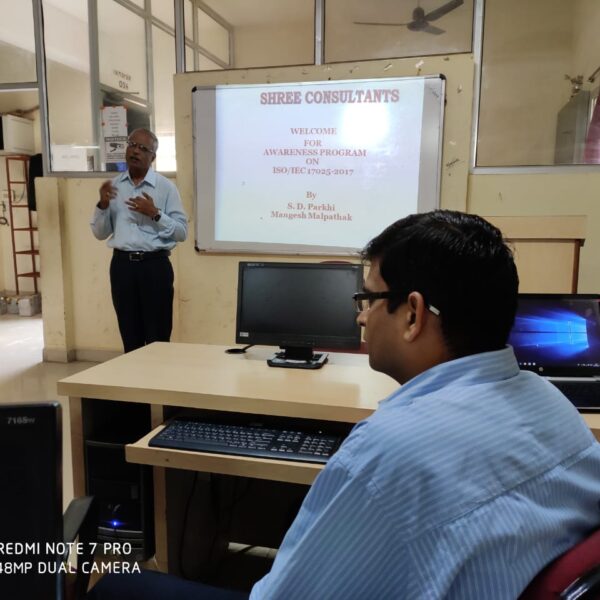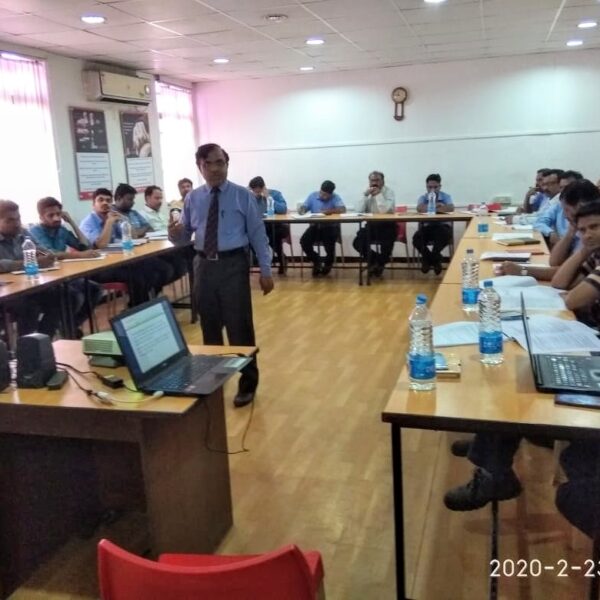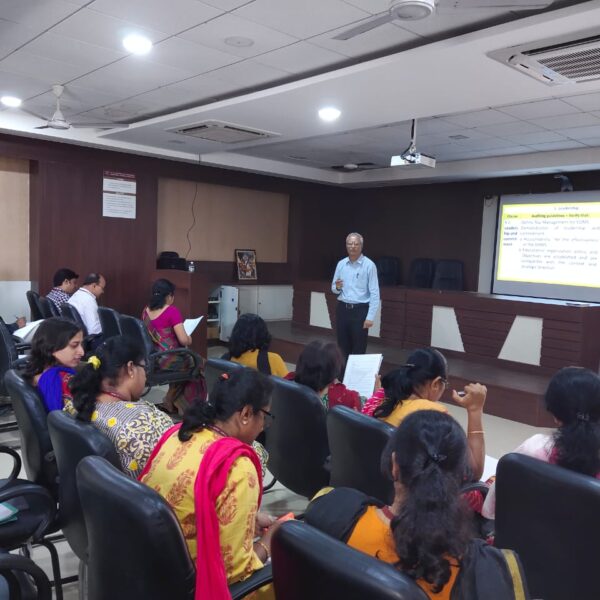Exploring Genosyl’s Role in Combating Influenza Variants Today
Understanding Genosyl’s Role in Combating Influenza Variants
In the ongoing battle against influenza variants, Genosyl has emerged as a pivotal player in the development of innovative therapeutic strategies. Unlike traditional antiviral drugs, Genosyl, a nitric oxide-based treatment, works by disrupting the viral replication process, thereby offering a unique mechanism to tackle the continuously evolving influenza variants. Its ability to target the virus at multiple stages of its life cycle makes it an adaptable and resilient option in the face of viral mutations. This multifaceted approach not only enhances its efficacy but also reduces the likelihood of resistance development, a common issue with standard antiviral treatments.
By incorporating Genosyl into a comprehensive treatment plan, healthcare providers can better manage the symptoms and progression of influenza in patients. This treatment is often complemented by other medications such as levocetirizine dihydrochloride, which helps alleviate common flu symptoms like nasal congestion and runny nose, ensuring a holistic approach to patient care. The synergy between Genosyl and supportive medications exemplifies a modern approach to treating viral infections, where the emphasis is on enhancing the body’s natural defenses while providing symptomatic relief.
The introduction of Genosyl into the field of neurotology marks a significant advancement, particularly in understanding and mitigating the neurological complications associated with influenza. Herbal remedies often promise various health benefits. Some claim to enhance size or aid those with dysfunction. Others turn to pharmaceuticals like dapoxetine in Spain for solutions. Lifestyle and medication can affect male desire. Given the increasing recognition of the flu’s impact on the nervous system, this innovative treatment offers promising avenues for research and clinical application. By targeting both the respiratory and neurological manifestations of influenza variants, Genosyl provides a comprehensive solution that aligns with the evolving landscape of viral therapeutics, offering hope for more effective management of future outbreaks.
The Intersection of Neurotology and Influenza Treatment Advancements
The intersection of neurotology and influenza treatment advancements is a fascinating frontier that delves into the neurological implications of respiratory illnesses and the innovative strategies to address them. Neurotology, a field primarily concerned with disorders of the inner ear and brain, is gaining relevance as research uncovers the surprising neurological impacts of various influenza variants. As these variants evolve, they not only challenge our immune systems but also potentially influence neurological pathways, leading to symptoms like dizziness, headaches, and even auditory complications. Understanding these effects opens new pathways for treatments that could integrate neurotological insights with conventional influenza therapies, providing a holistic approach to combating the illness.
Amidst this growing understanding, innovative solutions like Genosyl, a nitric oxide delivery system, emerge as potential game-changers. Genosyl is traditionally used for pulmonary applications but is now being explored for its broader implications in treating respiratory and neurological symptoms induced by influenza variants. Nitric oxide’s ability to enhance blood flow and reduce inflammation could offer significant benefits, especially when respiratory and neurological systems are concurrently affected. By bridging the gap between respiratory care and neurotological health, these advancements promise a comprehensive treatment regimen that addresses both the immediate symptoms of influenza and its extended neurological impact.
Complementing these novel therapies is the role of levocetirizine dihydrochloride, an antihistamine known for its efficacy in alleviating allergic reactions and respiratory symptoms. As the influenza variants continue to evolve, leveraging such antihistamines could mitigate some of the exacerbated symptoms caused by inflammatory responses in both respiratory and neurological domains. When used in conjunction with targeted neurotological approaches and groundbreaking treatments like Genosyl, a new paradigm of influenza treatment emerges—one that not only combats the virus but also preserves neurological integrity. This synergy between disciplines exemplifies the potential of integrated medical innovations in overcoming the challenges posed by ever-changing influenza threats.
| Term | Description |
|---|---|
| Neurotology | Study of inner ear and brain disorders |
| Influenza Variant | Mutated strains of the influenza virus |
| Genosyl | Nitric oxide delivery system |
| Levocetirizine Dihydrochloride | Antihistamine for allergy and respiratory symptoms |
Levocetirizine Dihydrochloride: A Key Component in Flu Management
Levocetirizine dihydrochloride stands as a formidable ally in the arsenal against influenza, offering a strategic approach to manage the symptoms associated with this pervasive virus. As an advanced antihistamine, it works by blocking the action of histamine, a substance in the body that prompts allergic symptoms. During flu seasons, individuals often face a dual battle: combating the influenza virus itself and managing allergic reactions that exacerbate respiratory issues. Herein lies the critical role of levocetirizine dihydrochloride, which not only alleviates allergic responses but also complements other treatments designed to tackle emerging variants of the flu.
Unlike conventional antihistamines, levocetirizine dihydrochloride boasts a rapid onset of action and a prolonged effect, which is essential in the fast-paced race against influenza and its unpredictable variants. Its efficacy is backed by a robust body of clinical research, emphasizing its ability to significantly reduce symptoms such as nasal congestion, sneezing, and itching, thus improving overall respiratory function. This makes it an invaluable component not only in individual flu management plans but also in broader public health strategies aiming to minimize the impact of flu seasons on communities worldwide.
Integrating levocetirizine dihydrochloride into the management protocols for influenza reflects an innovative convergence of allergy and flu treatment methodologies. This integration is pivotal as healthcare professionals, including experts in neurotology, strive to craft comprehensive solutions that address both the immediate and long-term implications of flu infections, particularly when dealing with emerging variants. As research continues to unveil new dimensions of the flu virus, the role of medications like levocetirizine dihydrochloride in providing symptomatic relief remains a cornerstone of effective flu management.
Innovative Therapeutic Strategies for Emerging Influenza Strains
As the landscape of influenza evolves with new and formidable variants, the medical community is tasked with devising strategies that are both agile and effective. The realm of neurotology is breaking new ground, providing unexpected yet promising approaches to combating these variants. Unlike traditional methods that often focus solely on the respiratory implications, neurotology offers insights into the neurological impacts of influenza, which have increasingly come under scrutiny. By exploring the brain’s pathways and their interactions with viral infections, researchers are discovering innovative ways to counteract the virus’s influence on the nervous system, potentially mitigating severe complications and enhancing patient outcomes.
Another compelling solution lies in the application of Genosyl, a nitric oxide delivery system traditionally utilized for respiratory support. With its proven efficacy in enhancing oxygenation, Genosyl is being repurposed to combat the deleterious effects of emerging influenza variants. The introduction of this technology into antiviral treatment regimens represents a paradigm shift, emphasizing the need for multidimensional therapeutic strategies. This approach not only targets the virus itself but also fortifies the body’s physiological responses, making it a formidable tool in the arsenal against influenza variants.
Complementing these avant-garde methods is the inclusion of levocetirizine dihydrochloride, a potent antihistamine, in treating the symptoms and secondary complications of influenza. While primarily known for its efficacy in allergy management, levocetirizine dihydrochloride is now recognized for its ability to alleviate the inflammatory responses associated with viral infections. Its integration into treatment plans not only provides symptomatic relief but also supports overall patient resilience against evolving influenza variants. Together, these innovative strategies represent a holistic and forward-thinking approach, underscoring the necessity of multidisciplinary solutions in the fight against influenza.






